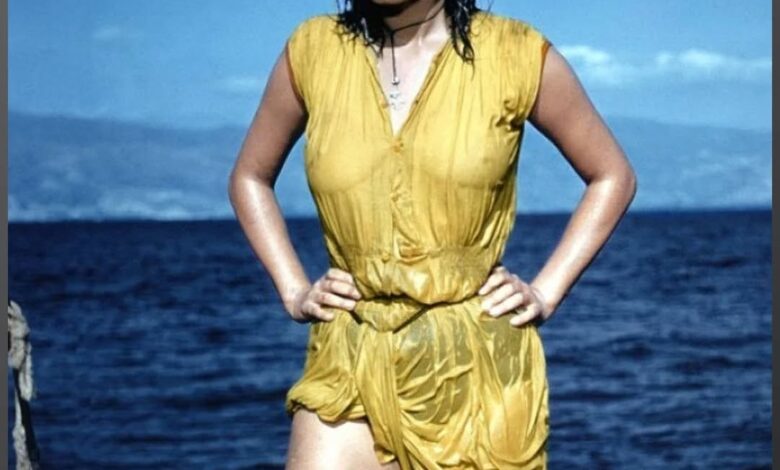Sophia Loren: A Legendary Beauty Who Mastered Both Film and Life

Sophia Loren is more than a film star — she is an enduring symbol of beauty, resilience, and grace. Born Sofia Villani Scicolone on September 20, 1934, in Rome, Italy, her early life was shaped by hardship. Growing up in Pozzuoli, a small town near Naples, Sophia experienced the devastation of World War II firsthand. Poverty, hunger, and constant fear were daily realities as bombs fell over southern Italy, and survival became the foremost priority.
Despite these challenges, Sophia’s spirit was unbroken. Her father, Riccardo Scicolone, abandoned the family early, leaving her mother, Romilda Villani, to raise two daughters in desperate circumstances. The family lived in overcrowded housing, sharing a single bedroom, often going without sufficient food. Sophia herself suffered from malnutrition, earning the nickname “Toothpick” for her thin frame.
Romilda, a piano teacher and aspiring actress, instilled in Sophia and her sister a sense of pride, self-belief, and elegance. Even amidst scarcity, imagination thrived. Sophia found solace and inspiration in cinema, storytelling, and fashion. In the shadows of war, she began to envision a life full of art, opportunity, and meaning.
Her first public steps toward fame came at just 15, when she entered a local beauty pageant in Naples. Though she did not win, she caught the attention of modeling scouts and began taking small, uncredited acting roles. Around this time, she met Carlo Ponti, a film producer who recognized her potential and encouraged her to embrace her Italian identity, refine her craft, and pursue her dream of cinema.
He also suggested a name change, and thus Sofia Scicolone became Sophia Loren — a name destined to become known around the world. Her early Italian film roles in the 1950s were often romantic or comedic, but she quickly revealed remarkable depth. Her breakout came with “The Gold of Naples” (1954), followed by films such as “Aida” (1953) and “Too Bad She’s Bad” (1954). Audiences were captivated not only by her beauty but by her authenticity, vulnerability, and powerful presence.
By the mid-1950s, Loren had made her way to Hollywood, starring alongside legends like Cary Grant, Clark Gable, Frank Sinatra, Anthony Quinn, and Marlon Brando. At a time when Hollywood favored the blonde, blue-eyed “all-American” look, Sophia’s bold, Italian identity set her apart. She retained her accent, embraced her curves, and made her heritage central to her on-screen persona.
Her performance in “Two Women” (1960), directed by Vittorio De Sica, became a landmark achievement. Portraying a mother protecting her daughter in war-torn Italy, she delivered a performance so raw and compelling that she won the Academy Award for Best Actress — the first time the Oscar was awarded for a foreign-language performance. This achievement marked a turning point not only for Loren but for international cinema, demonstrating that talent transcends borders and language.